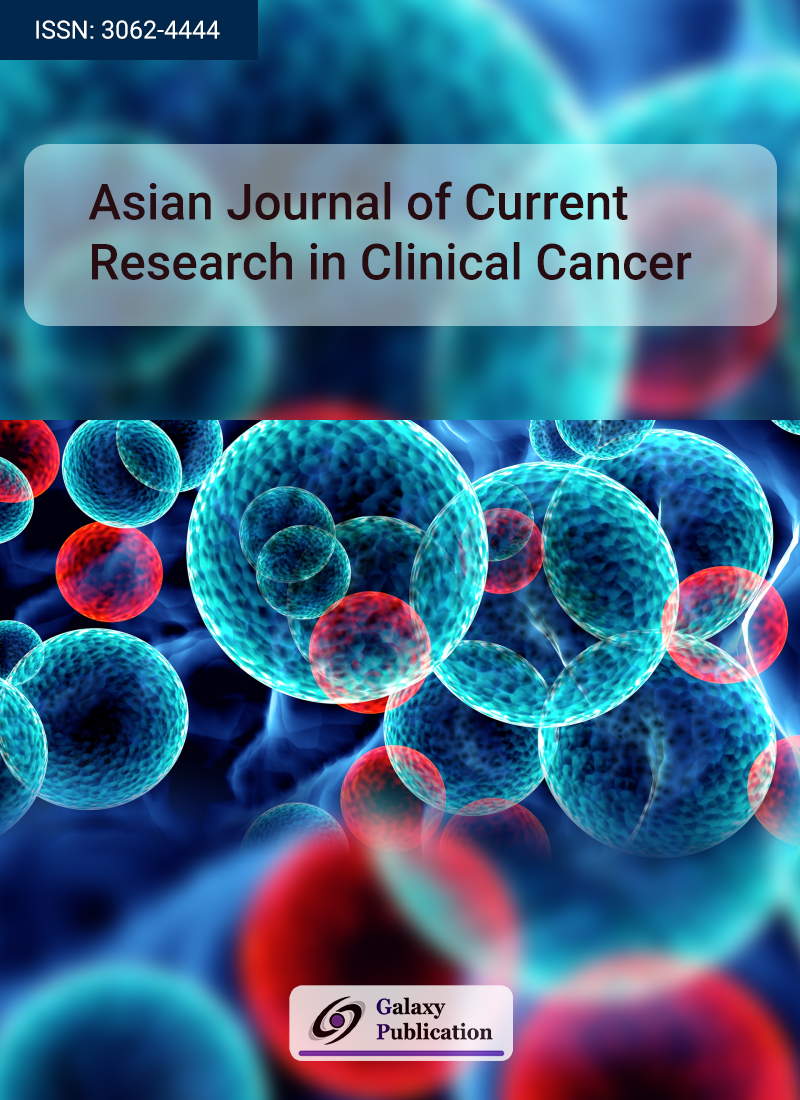
Numerous studies, including our previous research, have investigated the effects of different plasma sources and their respective doses on both healthy and cancerous cells. These studies aimed to interpret the potential mechanisms behind cancer treatment involving plasma and its interactions with cells. Plasma has been shown to play an important role in the outcomes of cancer cell treatment through several investigations, including genetic, biochemical, and immunological analysis. This body of work has led to a variety of theories, suggesting possible new strategies for cancer treatment. The present study used a cold atmospheric pressure plasma jet (CAPPJ) generated by a Tesla coil in a dielectric barrier discharge system. The samples were divided into three groups: the first group consisted of cancer cell lines, the second group included normal blood samples, and the third group consisted of blood cells cultivated in CAPPJ-exposed environments without direct exposure. The research focused on variables including the cytokinesis blocked micronucleus test (CBMN), protein expression levels of P53 and Bcl2 genes, interleukins (IL-1β, IL-6, IL-10), and tumor necrosis factor (TNF-α). The findings showed that direct exposure to CAPPJ had a more significant effect on cell viability and protein expression levels compared to cells grown in CAPPJ-exposed cultures. In particular, the expressions of Bcl2 and P53 protein were significantly altered in CAPPJ-irradiated breast cancer cell lines (BCC). These results suggest that CAPPJ affects cellular behavior not only through the generation of free radicals and modulation of key signaling pathways but also by interacting directly with DNA.